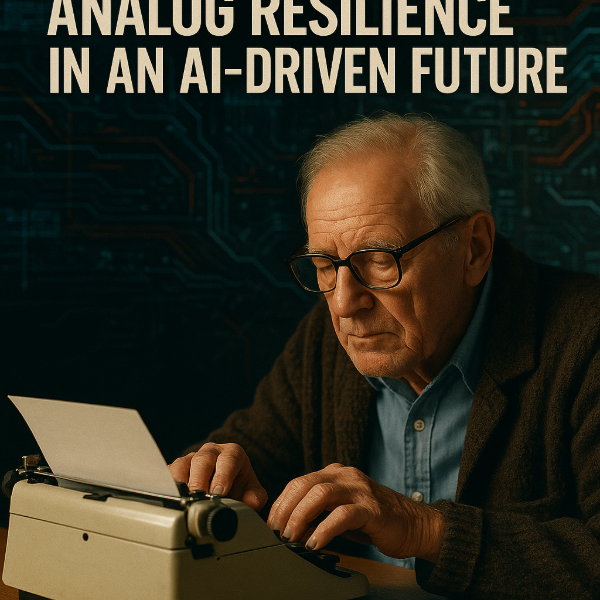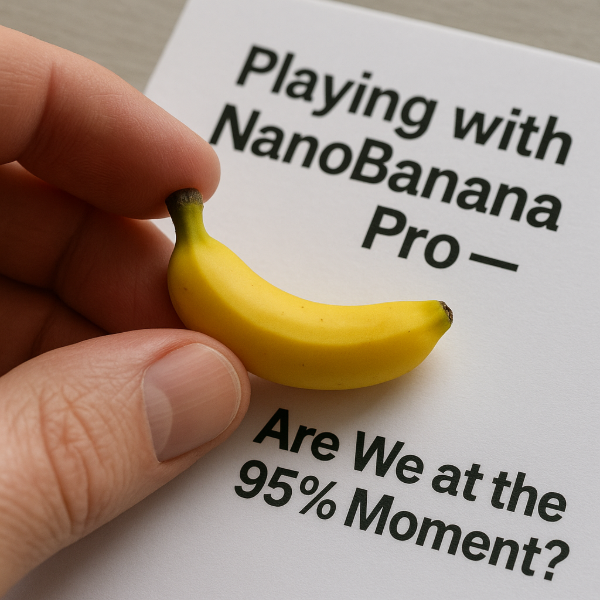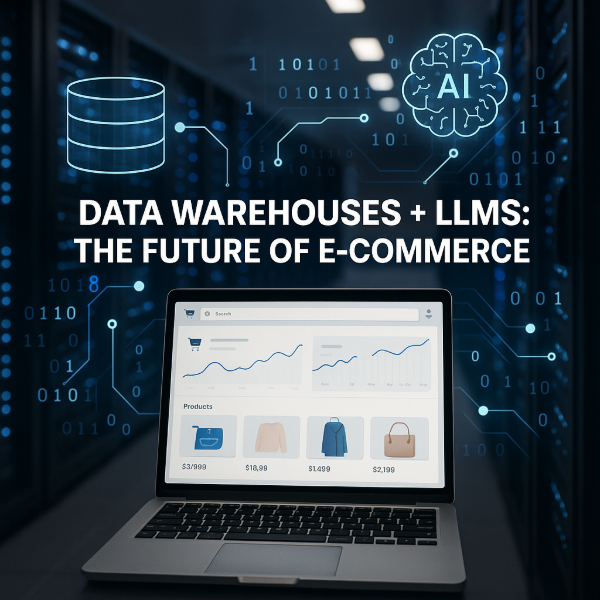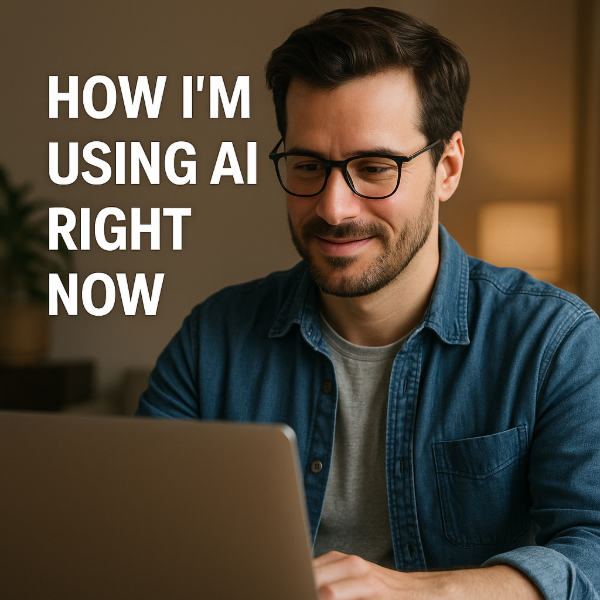If I were to look into the future and choose an industry that I think would be a good one to get into as AI begins to take over the world, something like the manufacturing and selling of bikes comes to mind.
I think there’ll be a return to this kind of analog life where AI is looking after everything else for you, but there are things in life that you still enjoy like surfing or mountain biking, possibly even analog instruments will come back into being popular as people start to appreciate the imperfection of truly human-created things.
And while you may have a mountain bike with some AI-assisted computer, the core function of that bike is to be human and physical as opposed to restricted to a digital-based life.
Why this matters
- People will increasingly value tactile, human experiences as AI handles more of the background work.
- Examples include surfing, mountain biking, and analog musical instruments.
- Products can include AI-assisted components without losing their fundamentally human purpose.
So if you are thinking of developing anything for the future that isn’t going to be highly impacted or diminished by the evolution of AI, that’s the kind of thing I’d be thinking of.





